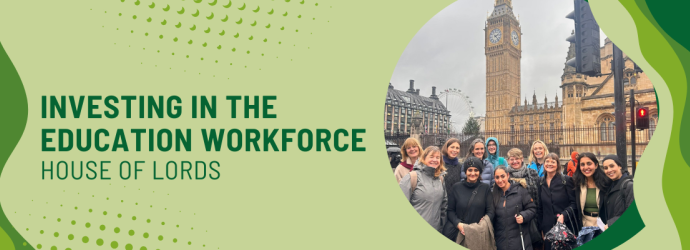
Attendance continues to be a major issue for schools
The government has released the latest data on pupil absence which shows that the level of absence is still a concern, almost two years after the last Covid lockdown. The overall absence rate is 7.6% for the academic year to date. This is in marked contrast to 4.6% in 2020-21, though this data does not include 21.3% of sessions missed for reasons relating to COVID circumstances. We await the figures for the academic year 2021-22 which should be released in March 2023 to be able to compare the post-Covid cohorts.
The breakdown by school type tells a story:
- 6.2% in state-funded primary schools (4.7% authorised and 1.5% unauthorised)
- 9.1% in state-funded secondary schools (6.0% authorised and 3.1% unauthorised)
- 13.3% in state-funded special schools (10.3% authorised and 3.0% unauthorised)
The figures are released alongside new guidance from the Department for Education (DfE) for schools around responsibilities where a mental health issue is affecting attendance. It is accompanied by a short guide detailing examples of effective practice. nasen is pleased to see that person-centred practice is advocated as an approach and the role that families play within supporting young people and that they ‘know their children best’. The implications that there will be external professionals available to support schools, that each school has ‘in a well-trained, dedicated Mental Health team’ and that the inclusion of legal intervention are not necessarily helpful. Developing schools as places were children feel welcomed, valued and celebrated for their uniqueness and spaces were pupils do not want to ‘miss out’ on learning as it engaged them would be key to increasing attendance. Poverty has been identified as one of the leading causes of absence and with the current cost of living crisis, absence may well continue to have impact on pupils both in the short term and the longer term on health, employment and wellbeing.









